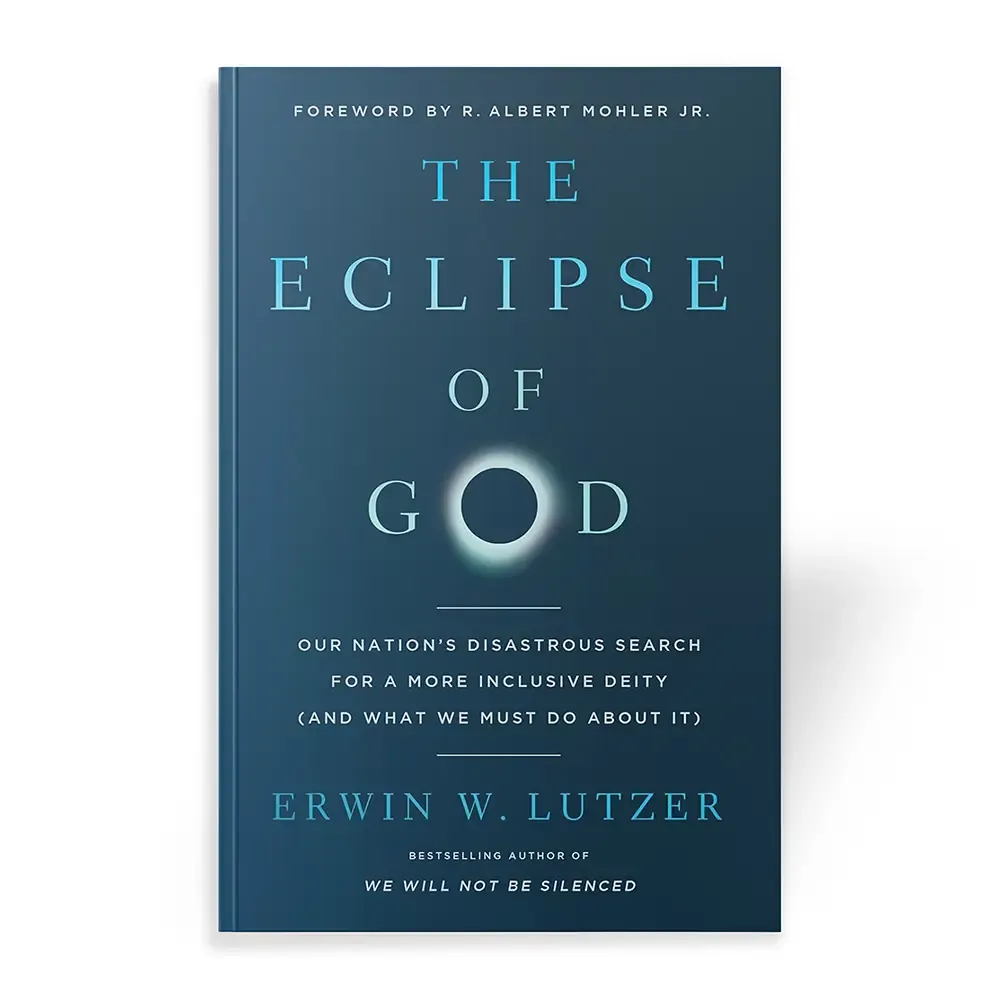A Stanford Nobel Laureate Predicts COVID-19 Will Result in Fewer Deaths Than Anticipated

Most of the predictions regarding the outcome of the coronavirus pandemic are, to put it mildly, quite gloomy. We hear dire predictions such as “One Hundred Fifty Million Could Die!” “Major Disruptions in Services Staring America in the Face!” “Attempts to Create a COVID-19 Vaccine Fails Again!” However, Michael Levitt, a Nobel laureate and Stanford biophysicist, began analyzing the number of COVID-19 cases worldwide in January and correctly calculated that China would get through the worst of its coronavirus outbreak long before many health experts had predicted. Now he foresees a similar outcome in the U.S. and the rest of the world.
While many epidemiologists are warning of months, or even years, of massive social disruption and millions of deaths, Levitt says that data simply does not support such a dire scenario—especially in areas where reasonable social distancing measures are in place. “What we need is to control the panic,” Levitt said. “In the grand scheme, we are going to be fine.”
Levitt noticed that on January 31, China had 46 new death due to the coronavirus, compared with 42 new deaths the day before. Although the number of daily deaths had increased, the rate of that increase had begun to ease off. You might say though the car was still speeding up, it was not accelerating as rapidly as before. “This suggests,” said Levitt “that the rate of increase in number of the deaths will slow down even more over the next week.” This was material that Levitt wrote in a report he sent to friends February 1 that was widely shared on Chinese social media. And soon, he predicted, the number of deaths would be decreasing every day.
It’s amazing, that’s exactly what happened. Three weeks later, Levitt told the China Daily News that the virus’ rate of growth had peaked. He predicted that the total number of confirmed COVID-19 cases in China would end up around 80,000, with about 3,250 deaths. The forecast turned out to be remarkably accurate. As of March 16, China had counted a total of 80,298 cases and 3,245 deaths—in a nation of nearly 1.4 billion people where roughly 10 million die every year. The number of newly diagnosed patients has dropped to around 25 a day, with no cases of community spread reported in the last few days.
I think it is important that we take reasonable measures and precautions. Hitting the panic button, however, is not one of those reasonable measures.


